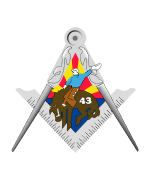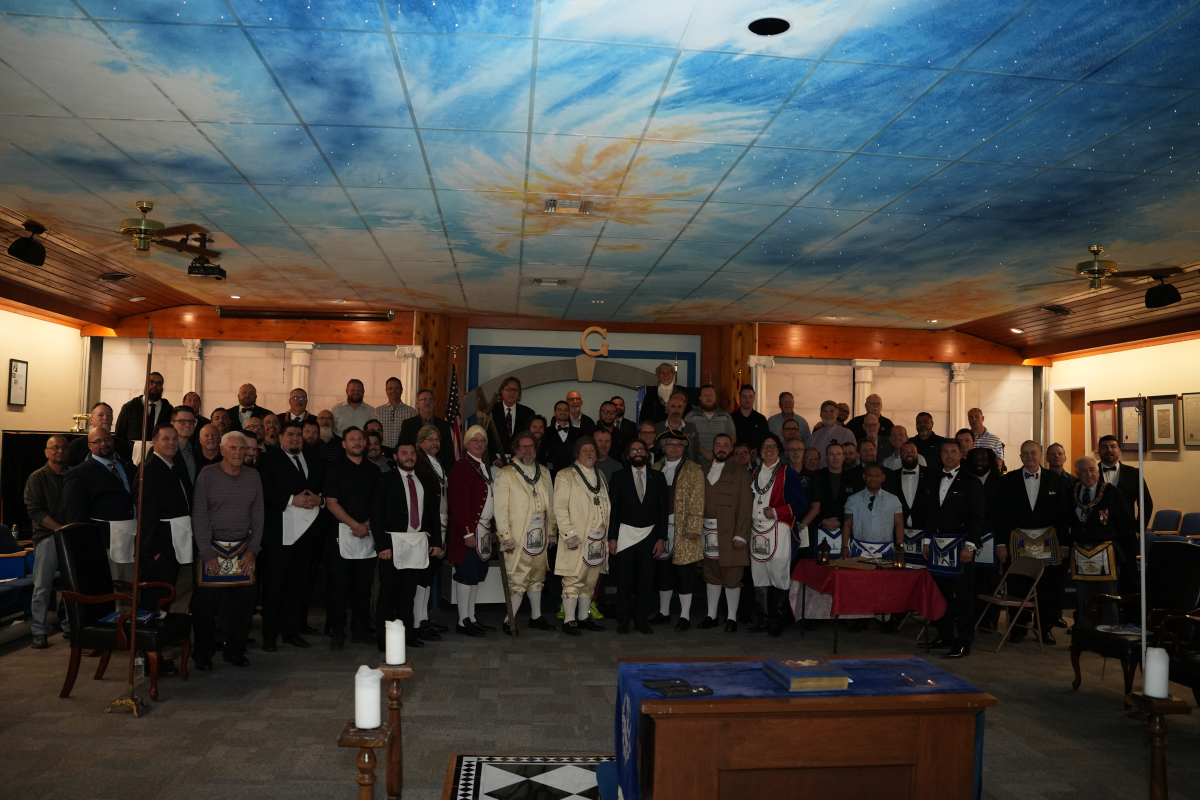Freemasonry has long been shrouded in mystery and secrecy, leading to misconceptions and misunderstandings about its purpose and practices. In this article, we aim to demystify this ancient fraternity and shed light on its inner workings.
What is Freemasonry?
At its core, Freemasonry is a fraternal organization that seeks to promote moral and personal development among its members. It is built on the principles of brotherhood, charity, and truth and is open to men of all races, religions, and social backgrounds. The organization’s roots can be traced back to the stonemasons’ guilds of the Middle Ages, where members shared a common bond and worked together to build some of the most impressive architectural wonders of the time.
Today, Freemasonry is more than just a guild of stonemasons. It is a global network of lodges, each with its own unique culture and traditions, but all sharing a common commitment to the values and principles of the organization.
The Inner Workings of Freemasonry
The rituals and ceremonies of Freemasonry are an integral part of the organization’s inner workings. These rituals serve as a means of transmitting the organization’s values and teachings to new members, and they are steeped in symbolism and allegory. Through these rituals, members are encouraged to reflect on their own lives and strive for personal improvement.
In addition to the rituals, Freemasonry also offers its members a range of educational and charitable programs. Members can participate in lectures, workshops, and discussions on a variety of topics, including history, philosophy, and ethics. The organization also supports a wide range of charitable causes, including medical research, education, and disaster relief.
Myths and Misconceptions
Despite its noble aims and principles, Freemasonry has often been the subject of myths and misconceptions. One of the most common misconceptions is that Freemasonry is a secret society with nefarious intentions. In reality, Freemasonry is an open society that welcomes scrutiny and encourages its members to be upstanding citizens and active members of their communities.
Conclusion
Freemasonry is a rich and complex organization that has played an important role in the history and development of many countries around the world. By shedding light on its inner workings and dispelling myths and misconceptions, we hope to encourage a greater understanding and appreciation of this ancient fraternity.



I’m hoping to join and continue a family tradition